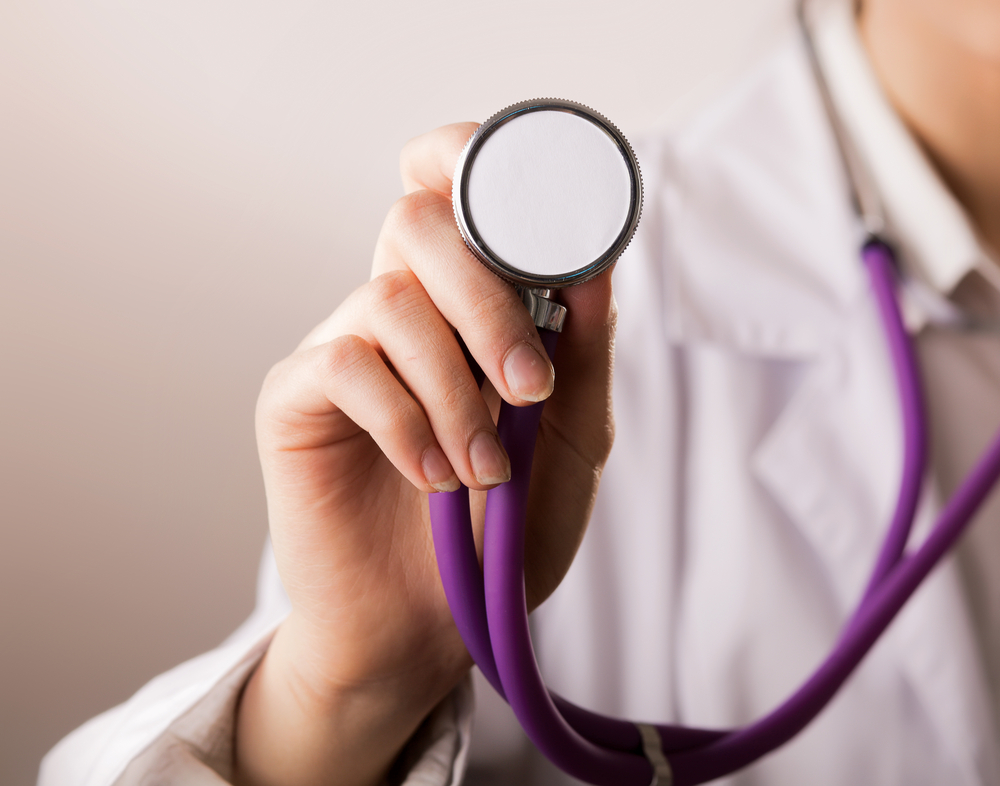It would be easy to think that regular drug testing in a place of work might cause ripples amongst staff members, but studies actually show that regular tests can improve things for employees and their employer. Random tests, on the other hand, can cause employees to feel their privacy is being infringed.
Advantages of Drug Testing Employees
There are several negative things linked with the workplace and employee drug abuse (of both prescription and street drugs), and of alcohol abuse, and all of these things appear to be reduced with the implementation of a regular drug testing program.
As much as 9% of all companies in 2011 reported that their absenteeism rates were as high as 15% prior to starting a drug testing program. Following the drug tests, it was found that only 4% of companies continued to suffer this level.
Around 14% of businesses were seeing a high incidence of workers compensation claims but this subsequently dropped to about 6% with the implementation of a drug testing program.
Employee productivity and employee turnover rates improved significantly after companies started regular drug testing. The truth is that no employer wants to spend time and money recruiting someone who initially seems like a good worker, and then finding that the person’s work has slipped, their productivity is down, and they are consistently late to work every day due to substance abuse.
These things might appear to only benefit the employer, but when a workplace has people present who are regularly under the effects of illegal and mind-altering substances, health and safety issues become highlighted. Such workers have a far higher risk of being involved in, or causing, an accident. Impaired judgment is a major contributory factor to accidents, as anyone who has seen a campaign on drink driving will be aware.
Additionally, there is always a good chance that someone caught using drugs might seek help for their problem. In that case both the employer and the employee are winners.
What kinds of Drugs are Tested for?
Marijuana and cocaine are substances regularly tested for by employers. These have traditionally been the most prevalent recreational drugs abused since drug testing was started in the United States in the 1980s. However, there are now new contenders for the position of number two.
Since 2010, the Department of Transportation, the pioneering government department that has been developing drug testing for years, has included ecstasy in its amphetamines testing. It also lowered its cutoff levels of testing for amphetamines and cocaine, and both these changes have seen improvements, which is highly positive.
Now the recommendations that were made by the Drug Test Advisory Board (DTAB) that include testing for hydrocodone and oxycodone, two opiates-based pain relievers (brand names Vicodin and Oxycontin), have been approved by the US Department of Health and Human Services. This may take a little while to be implemented across the board, but it will happen.
How are they Tested?
Hair analysis is the most expensive test, but it can be the most effective. Unfortunately, what it shows is past use, which, while being useful, doesn’t make a case for a person being intoxicated on work premises. Urine tests are less expensive, but carry the same issue. Marijuana remains in a person’s system for up to six months and by the time the urine test takes place that particular drug abuse might have stopped.
Blood and saliva tests show active drug use, and can be treated as a workplace sobriety test. For this reason, employees are more open to this type of testing, and it is technically more useful to the employer.
Cost Factors
The most significant issue for employers when thinking about drug testing is the cost. Drug test kits can be very expensive. However, it can be argued that the overall improvement of the situation as far as better productivity, reduced compensation claims, increased safety, and less absenteeism, far outweighs the negative budget aspects. Additionally, employers report that employees feel more confident about going to work if they know that there is less likely of some kind of drug-related incident that might jeopardize their welfare.
The overall situation is a positive one. As more employers use fairer systems of drug testing, the work situation for employees themselves can improve. Everyone feels better.

